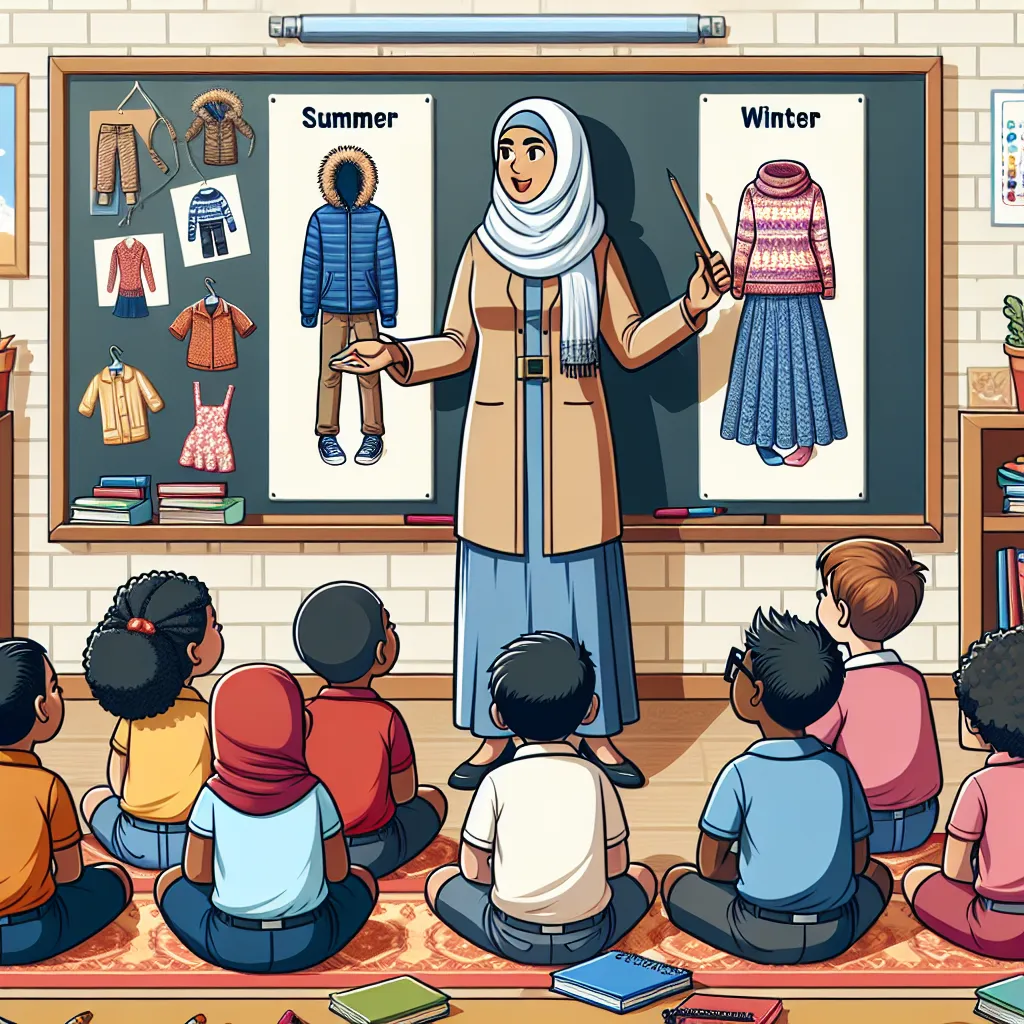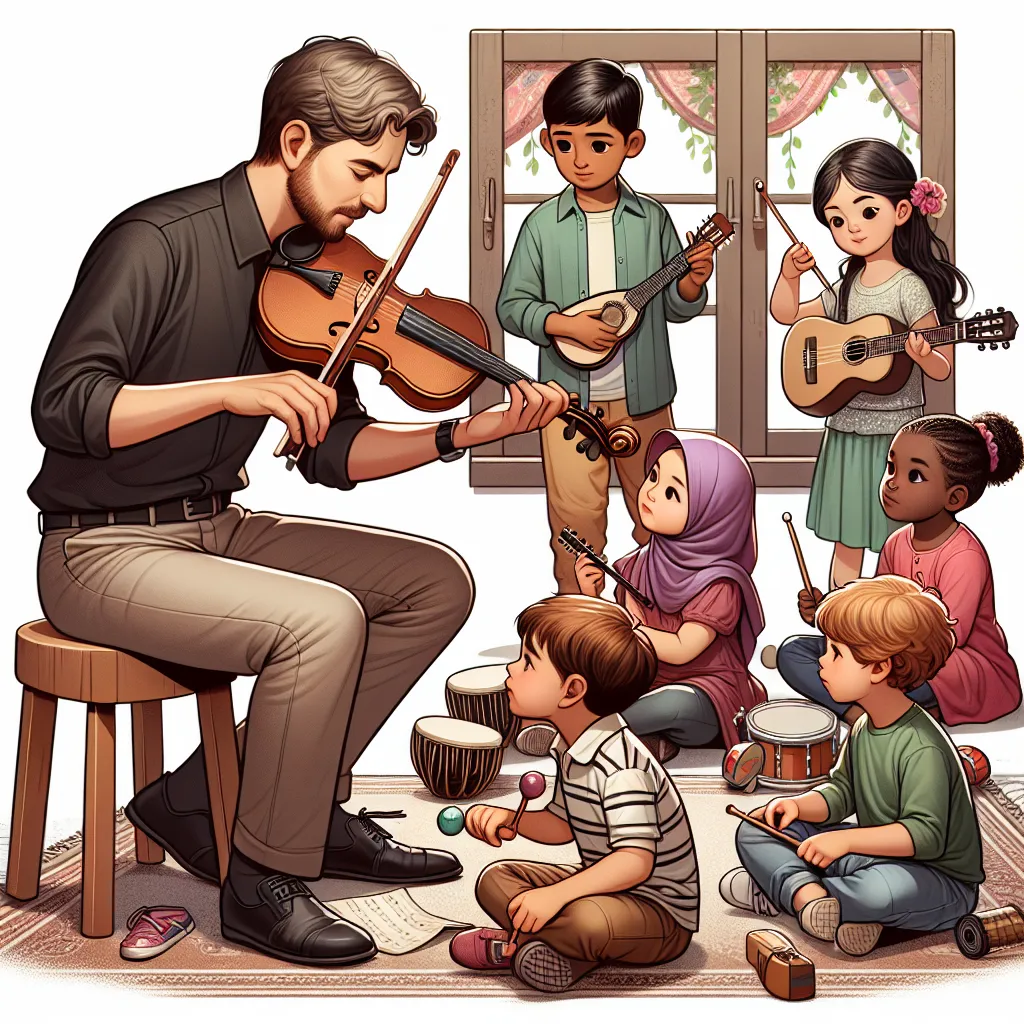Ask AI on The Internet
Question: QUESTION 1: (25) 1.1 List then define the pre-linguistic and the adult-like language stages in language development. (4) 1.2 Explain the concept of emergent literacy and its significance in a learner's language development and highlight how emergent literacy lays the foundation for later reading and writing skills. (3) 1.3 Critically discuss the importance of the Grade R year in the acquisition of language skills and discuss how teachers and parents or caregivers play a crucial role in fostering language development during this period. (4) 1.4 Describe the typical milestones and progressions observed in language development during this period. (4) 1.5 Analyse TWO (2) challenges that may arise during language development in learners and identify strategies that can support and promote language acquisition in the classroom or home environment. (4) 1.6 Critically explain how teachers and parents or caregivers can effectively address language-related difficulties in the following TWO (2) environments. - Teachers (at school) - Parents or caregivers (at home) (6) QUESTION 2: (25) 2.1 In your own words, explain the central idea behind Piaget's theory of learner's knowledge acquisition. (2) 2.2 Describe the concept of "schemes" as proposed by Piaget. How do learners develop and modify these schemes as they interact with their environment? (6) 2.3 Critically explain the process of assimilation in the context of Piaget's theory. Provide ONE (1) example of how learners assimilate new information into their existing knowledge. (3) 2.4 Differentiate between assimilation and accommodation according to Piaget's theory. Provide a real-life scenario where a child would need to use both processes to make sense of a new experience. (6) 2.5 Critically discuss the role of equilibrium in Piaget's theory of cognitive development and discuss how it relates to the balance between existing knowledge and new learning in a learner's mind. Provide ONE (1) example of a situation where a learner achieves equilibrium. (3) 2.6 Create a short activity that demonstrates how a Grade R teacher builds new knowledge onto existing knowledge in the classroom. Use any ONE (1) of the following topics: - Transport - Seasons - Farm animals - Healthy lifestyle - Safety (5)
### QUESTION 1: (25) #### 1.1 List then define the pre-linguistic and the adult-like language stages in language development. (4) **Pre-linguistic Stages:** 1. **Babbling:** The stage where infants produce sounds as an exercise for the articulatory organs, typically starting around 4-6 months of age. 2. **Cooing:** The stage where infants produce vowel-like sounds around the age of 2-3 months. 3. **Gesturing:** The stage where infants use physical gestures to communicate desires or emotions, occurring around 8-12 months. **Adult-like Language Stages:** 1. **Telegraphic Speech:** The stage where children begin to string together a few words to form simple sentences, usually around 18-24 months. 2. **Complex Sentences:** The stage where children start using more complex grammatical structures and longer sentences, generally by the age of 3-5 years. #### 1.2 Explain the concept of emergent literacy and its significance in a learner's language development and highlight how emergent literacy lays the foundation for later reading and writing skills. (3) **Emergent literacy** refers to the skills, knowledge, and attitudes that are developmental precursors to reading and writing. This concept emphasizes that literacy development begins long before formal education. Children who engage in activities such as listening to stories, recognizing letters, and pretending to read and write are developing foundational skills, such as phonological awareness and letter recognition, which are critical for future reading and writing proficiency. #### 1.3 Critically discuss the importance of the Grade R year in the acquisition of language skills and discuss how teachers and parents or caregivers play a crucial role in fostering language development during this period. (4) **Grade R** (or Reception Year) is a critical time for language development as it often represents a child's first formal exposure to structured learning environments. During this period, children generally develop their vocabulary, sentence structure, and conversational skills rapidly. Teachers facilitate this by providing a language-rich environment, incorporating storytelling, songs, and conversations. Parents and caregivers play a equally important roles by engaging in daily dialogues, reading together, and providing a supportive home environment that encourages curiosity and learning. #### 1.4 Describe the typical milestones and progressions observed in language development during this period. (4) Typical milestones and progressions during the Grade R year include: 1. **Vocabulary Expansion:** Significant increase in the number of words a child knows and uses. 2. **Sentence Structure:** Ability to form more complex sentences, including the use of conjunctions and prepositions. 3. **Conversational Skills:** Improved ability to take turns in conversation, stay on topic, and use language to express needs, thoughts, and feelings. 4. **Phonological Awareness:** Recognition of sounds and syllables in words, an essential precursor to reading. #### 1.5 Analyse TWO (2) challenges that may arise during language development in learners and identify strategies that can support and promote language acquisition in the classroom or home environment. (4) **Challenges:** 1. **Language Delays:** Some children may struggle with acquiring new words or forming sentences. - **Strategies:** - **In the Classroom:** Use of interactive and multisensory teaching methods to cater to different learning styles. - **At Home:** Encouraging parents to read and talk to their children regularly, using picture books and asking open-ended questions. 2. **Speech Disorders:** Issues such as stuttering or articulation problems can impede effective communication. - **Strategies:** - **In the Classroom:** Incorporate speech therapy exercises and activities that focus on sound production and fluency. - **At Home:** Regular practice of speech exercises suggested by professionals, and creating a supportive environment that reduces stress around speaking. #### 1.6 Critically explain how teachers and parents or caregivers can effectively address language-related difficulties in the following TWO (2) environments. (6) - **Teachers (at school):** Teachers can implement individualized learning plans tailored to the specific needs of each child with language difficulties. Using scaffolding techniques, such as providing visual aids, and creating a language-rich classroom environment can also be highly effective. Regular assessments and collaboration with speech therapists ensure that targeted support is given. - **Parents or Caregivers (at home):** Parents can create a nurturing and stimulating environment by engaging in regular dialogues, reading aloud every day, and encouraging storytelling and play that involves language usage. They can also work closely with teachers and specialists to reinforce strategies and exercises at home. ### QUESTION 2: (25) #### 2.1 In your own words, explain the central idea behind Piaget's theory of learner's knowledge acquisition. (2) Piaget's theory of knowledge acquisition suggests that learners actively construct their understanding and knowledge of the world through experiences and interactions. He posits that children are not passive recipients of information; instead, they constantly assimilate and accommodate new information to create cognitive schemas. #### 2.2 Describe the concept of "schemes" as proposed by Piaget. How do learners develop and modify these schemes as they interact with their environment? (6) **Schemes:** According to Piaget, schemes are cognitive structures or frameworks that help individuals organize and interpret information. Schemes are developed and modified through interaction with the environment through two processes: 1. **Assimilation:** Integrating new information into existing schemes. 2. **Accommodation:** Adjusting or creating new schemes when new information cannot fit into existing ones. As learners interact with their environment, they continually refine their cognitive schemes to better understand and adapt to their surroundings. #### 2.3 Critically explain the process of assimilation in the context of Piaget's theory. Provide ONE (1) example of how learners assimilate new information into their existing knowledge. (3) **Assimilation** involves incorporating new experiences into existing cognitive schemes without changing the scheme. It is how learners add new information to their existing framework. **Example:** If a child knows the concept of "dog" and encounters a new breed of dog, they assimilate this information under their existing scheme of "dog." #### 2.4 Differentiate between assimilation and accommodation according to Piaget's theory. Provide a real-life scenario where a child would need to use both processes to make sense of a new experience. (6) **Assimilation** is fitting new information into existing cognitive frameworks, while **accommodation** involves altering or creating new frameworks to incorporate new information. **Scenario:** A child knows dogs as animals that bark and are typically medium-sized (assimilation). When the child encounters a cat for the first time and initially calls it a dog, they quickly realize it doesn't fit all their criteria for dogs. Thus, they modify their scheme for animals to accommodate the existence of cats (accommodation). #### 2.5 Critically discuss the role of equilibrium in Piaget's theory of cognitive development and discuss how it relates to the balance between existing knowledge and new learning in a learner's mind. Provide ONE (1) example of a situation where a learner achieves equilibrium. (3) **Equilibrium** is the state of cognitive balance or stability when a learner's schemas are capable of explaining their experiences. It is achieved through the processes of assimilation and accommodation, allowing learners to integrate new information without disrupting their cognitive understanding. **Example:** A child who successfully incorporates the concept of a bicycle into their existing knowledge of transportation achieves equilibrium, as both their old and new understandings coalesce into a coherent framework. #### 2.6 Create a short activity that demonstrates how a Grade R teacher builds new knowledge onto existing knowledge in the classroom. Use any ONE (1) of the following topics: - Transport - Seasons - Farm animals - Healthy lifestyle - Safety (5) **Topic: Seasons** **Activity:** "Seasonal Tree Art" 1. **Introduction (Existing Knowledge):** - Begin by discussing what children already know about trees. Ask them questions like, "What do trees look like?" or "What do we see on trees?" 2. **New Information:** - Introduce the concept of seasons and explain how trees change during each season (e.g., leaves fall in autumn, flowers bloom in spring). 3. **Interactive Art Project:** - Provide children with a large sheet of paper and drawing materials. - Ask them to draw a tree and depict it in different seasons on four sections of the paper (one section per season). 4. **Discussion:** - Guide students through comparing their drawings. - Talk about the differences they noticed in trees during different seasons. 5. **Conclusion:** - Summarize what has been learned about how trees change with the seasons, reinforcing the new knowledge and relating it to their pre-existing understanding of trees. This activity helps children build on their existing knowledge of trees by integrating new information about seasonal changes.
Think your answer is better than the AI's? Post it below.
Other Most Relevant Posts:
 Title: Exploring the Foundations and Challenges of Language and Cognitive Development in Early Education
Title: Exploring the Foundations and Challenges of Language and Cognitive Development in Early Education
 1.1 Two Literacy Skills Acquired (4)
1.2 Role Comparison of Teacher and Learners (10)
1.3 Language Teaching Theory (5)
1.4 Evaluation of Fun Component (3)
1.5 Assessment Technique Evaluation (3)
1.1 Two Literacy Skills Acquired (4)
1.2 Role Comparison of Teacher and Learners (10)
1.3 Language Teaching Theory (5)
1.4 Evaluation of Fun Component (3)
1.5 Assessment Technique Evaluation (3)
Question Tags
If you want your question answered by an AI, click here.





Post your own comment: